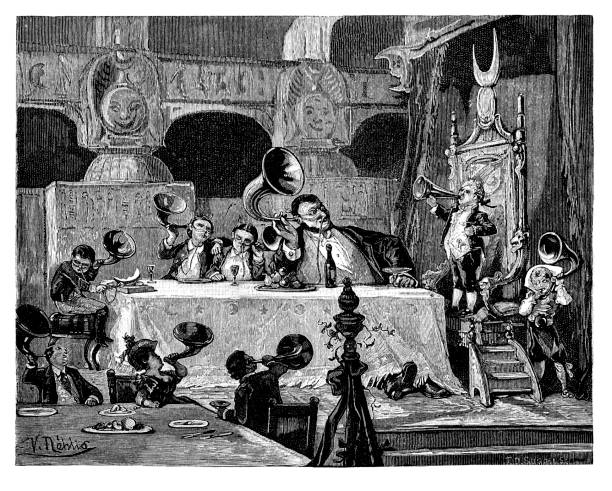Fingolfen
Well-known member
So I finished up an AionFX Cygnus (Cornish G-2), and the pedal sounds good, as long as I have the volume at or near full and the sustain is at least half way up. I contrast that to an Effects Layout P-2 I built where if I don't turn the volume down to around 9:00 or 10:00 I'll blow people out of the room - even on my practice amp.
I've back traced the circuit, and I can't find any dead transistors, etc. For the build I hand selected 1N34A diodes with a forward voltage >0.3V (most were in the 0.34-0.35V range). As such I stuck with the original 15K value for R18 and 680R for R19. I'm wondering if I should have gone with the increased gain on the pre-diode stage using 18K for R18 and 100R for R19.
Has anyone tried this both ways??? Thoughts? I may try subbing out the resistors (though de-soldering on a double sided board is such a PITA).
I've back traced the circuit, and I can't find any dead transistors, etc. For the build I hand selected 1N34A diodes with a forward voltage >0.3V (most were in the 0.34-0.35V range). As such I stuck with the original 15K value for R18 and 680R for R19. I'm wondering if I should have gone with the increased gain on the pre-diode stage using 18K for R18 and 100R for R19.
Has anyone tried this both ways??? Thoughts? I may try subbing out the resistors (though de-soldering on a double sided board is such a PITA).

